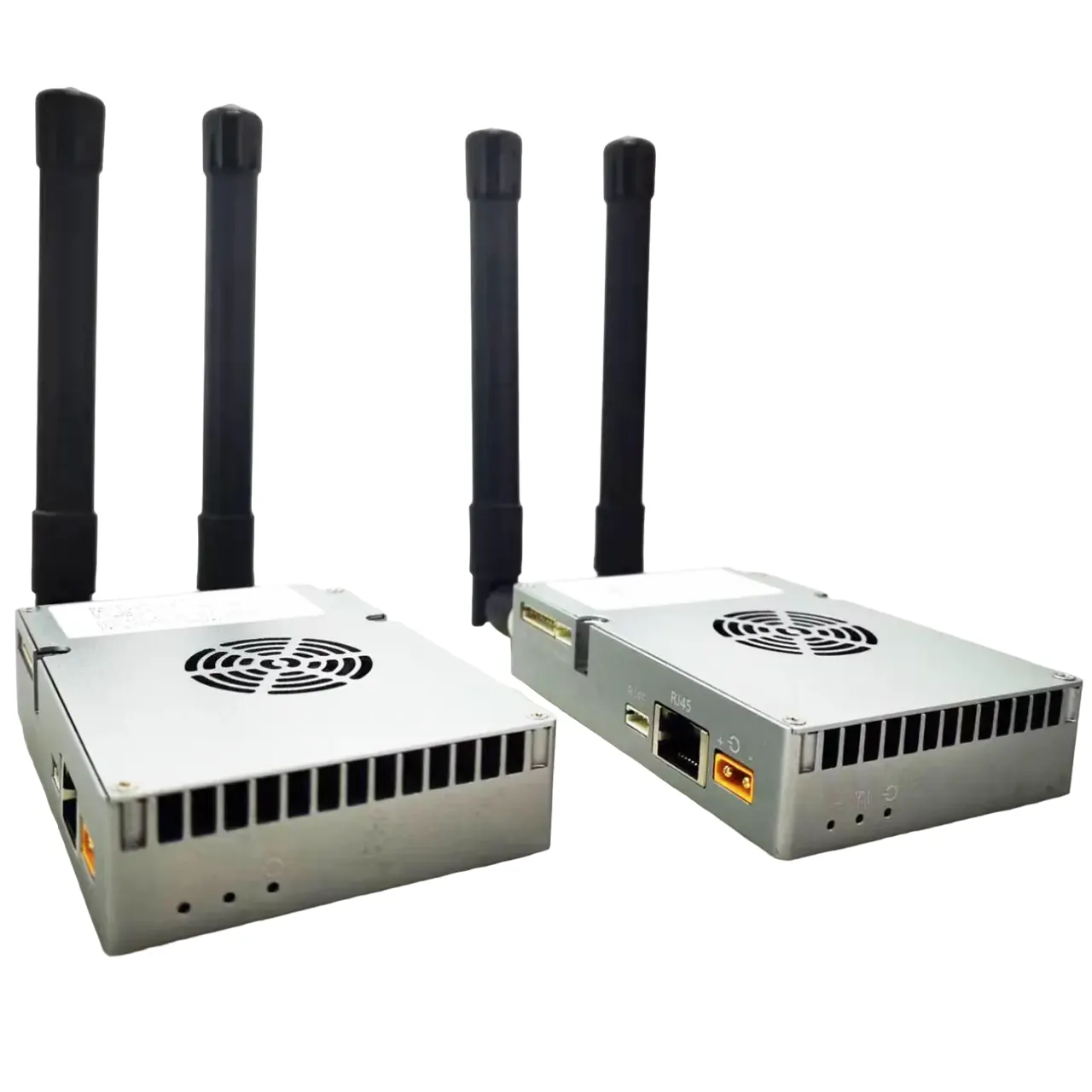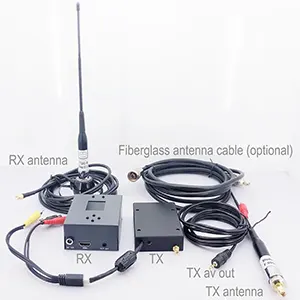EWBS Emergency Warning Broadcast System
Talaan sa mga Sulod
EWBS Emergency Warning Broadcast System
Ang Emergency Warning Sibya System (EWBS) naglakip sa bag-ong teknolohiya sa sayo nga pasidaan nga sistema sa uban sa tradisyonal nga mga pamaagi sa komunikasyon.
EWBS mao ang usa ka hilit nga activation sistema alang sa Radio & Ang TV nga nagbalhin sa impormasyon nga alerto / pasidaan sa mga tumatan-aw ug tigpaminaw bahin sa usa ka may kalabutan nga katalagman. EWBS mao ang usa ka bahin sa Integrated Services Digital Sibya-Terrestrial (ISDB-T) sistema, which is initially created by Asia Japan.
Ang ISDB-T sumbanan nga gisagop sa labaw pa kay sa 15 mga nasud sa bag-ohay nga mga tuig. Japan, Brazil, Argentina, Peru, Philippines, Maldives, Uruguay, Chile, Venezuela, Ecuador, Costa Rica, Paraguay, Bolivia, Nicaragua, Guatemala, Belize, Botswana, Sri Lanka, El Salvador ISDB-T Digital TV nga Tigdawat ug Digital Terrestrial Television (DTT).



angEWBS signal (Emergency Pasidaan Broadcast System) mao ang usa ka sistema alang sa pasidaan ug impormasyon nga ang gipatuman sa Analog ug digital broadcasting. Sa usa ka emergency, lalang compatible uban sa niini nga sistema awtomatikong mobalik sa ug emit sa usa ka madungog nga pasidaan. Unya sila ipakita impormasyon sa lain-laing mga format, depende sa lalang.
EWBS kasaysayan
sa Septyembre 1, 1985, NHK public broadcaster in Asia Japan launched the EWBS system. Ang unang tinuod nga paggamit sa 1987, to warn of the tsunami. Sukad niadto kini gipasidan-an sa natural nga mga kalamidad labaw pa kay sa 15 mga panahon. Uban niini nga sistema sa populasyon adunay dugang nga panahon sa pagkuha sa protective mga lakang, paglikay sa kamatayon sa mga linibo. Sa 2000 sa digital nga bersyon sa EWBS alang sa digital satellite telebisyon (ISDB-S) gipatuman ug sa 2003 alang sa digital terrestrial telebisyon (ISDB-T).

Sa usa ka emergency, lalang compatible uban sa niini nga sistema awtomatikong mobalik sa ug emit sa usa ka madungog nga pasidaan
EWBS Pasidaan System operasyon
EWBS ang nakahimo sa mosunod nga mga kaso:
- Earthquake warning/forecast (sa ibabaw sa ang-ang 3).
- Tsunami warning/forecast.
- Warnings and forecasts of other natural disasters such as typhoons, baha, pagbuto …
- National emergency message from the government.
Sa digital Broadcasting, ang EWBS signal ang multiplexed ngadto sa sapa sa transportasyon sa ISDB-T / S digital signal. Ang pasidaan signal ug emergency impormasyon kapsiyon (dapit code, panahon, etc) anaa sa Program Mapa Table.
ISDB-T Gisagop nga mga Bansa
Mga Kategorya sa ISDB-T
ISDB-T Bandwidth
ISDB-T nga Segment
Gidaghanon sa Antenna sa ISDB-T
ISDB-T Frequency
May Kalabutan sa ISDB-T
ISDB-T Chipset
ISDB-T kahibalo
How EWBS Emergency Warning Broadcast System Can Help Save Lives
Ang Emergency Warning Sibya System (EWBS) is a powerful tool that can help save lives in the event of an emergency. This system is designed to provide timely and accurate information to the public in the event of a natural disaster, terrorist attack, or other emergency situation.
The EWBS is a network of radio and television stations that broadcast emergency messages to the public. These messages are typically sent out in the form of a warning or alert, and they can include information about the nature of the emergency, instructions on how to respond, and other important information. The messages are broadcast in both English and Spanish, and they can be heard on both AM and FM radio frequencies.
The EWBS is designed to be used in conjunction with other emergency response systems, such as the National Weather Service, the National Oceanic and Atmospheric Administration, and the Federal Emergency Management Agency. This allows for a coordinated response to any emergency situation.
The EWBS is also designed to be used in conjunction with other emergency response systems, such as the National Emergency Alert System (EAS). This system is designed to provide the public with information about severe weather, hazardous materials, and other emergency situations. The EAS is also used to alert the public to civil emergencies, such as terrorist attacks or civil unrest.
The EWBS is an invaluable tool for emergency responders and the public alike. It can provide timely and accurate information to the public in the event of an emergency, allowing them to take the necessary steps to protect themselves and their families. By providing this information, the EWBS can help save lives.
The Benefits of Implementing an EWBS Emergency Warning Broadcast System
An Emergency Warning Broadcast System (EWBS) is an invaluable tool for any organization or community that needs to quickly and effectively communicate with its members in the event of an emergency. An EWBS can be used to send out warnings, alerts, and other important information to a wide range of people in a short amount of time. This system can be used to alert people of natural disasters, civil unrest, or other emergencies.
The primary benefit of implementing an EWBS is that it allows for rapid communication of important information. Sa panghitabo sa usa ka emerhensya, it is essential that people are informed as quickly as possible. An EWBS can be used to send out warnings and alerts to a large number of people in a short amount of time. This can help to ensure that people are aware of the situation and can take the necessary steps to protect themselves.
Another benefit of an EWBS is that it can be used to provide detailed information about the emergency. This can include information about the location of the emergency, the type of emergency, and any other relevant information. This can help people to make informed decisions about how to respond to an emergency.
Sa katapusan, an EWBS can be used to provide updates on the situation. This can help to keep people informed about the progress of the emergency and any changes that may occur. This can help to ensure that people are aware of the situation and can take the necessary steps to protect themselves.
Sa kinatibuk-an, an EWBS is an invaluable tool for any organization or community that needs to quickly and effectively communicate with its members in the event of an emergency. This system can be used to send out warnings, alerts, and other important information to a wide range of people in a short amount of time. It can also provide detailed information about the emergency and provide updates on the situation. Implementing an EWBS can help to ensure that people are aware of the situation and can take the necessary steps to protect themselves.
Exploring the Latest Advances in EWBS Emergency Warning Broadcast Technology
Ang Emergency Warning Sibya System (EWBS) is a critical tool for emergency management and public safety. It is used to quickly and effectively alert the public of imminent danger and provide instructions on how to respond. As technology advances, so too does the EWBS, allowing for more efficient and effective emergency warnings. This article will explore the latest advances in EWBS technology and how they can help improve public safety.
One of the most significant advances in EWBS technology is the development of automated alerting systems. These systems are designed to detect potential threats and automatically send out an alert to the public. This eliminates the need for manual intervention and ensures that warnings are sent out quickly and accurately. Automated alerting systems can also be programmed to send out specific instructions on how to respond to the threat.
Another advancement in EWBS technology is the use of mobile devices. Mobile devices can be used to send out emergency warnings to the public. This allows for more targeted and timely warnings, as well as the ability to reach people who may not be near a traditional broadcast system. Mobile devices can also be used to provide additional information, such as maps and evacuation routes.
Sa katapusan, advances in EWBS technology have also allowed for the integration of social media into the system. This allows the public to receive warnings and instructions via their social media accounts. This can be especially useful in cases where traditional broadcast systems are not available or are not functioning properly.
These advances in EWBS technology have made it easier and more efficient to alert the public of the imminent danger and provide instructions on how to respond. This can help save lives and reduce the impact of disasters. As technology continues to evolve, so too will the EWBS, allowing for even more efficient and effective emergency warnings.
Preparing for Emergencies: What You Need to Know About EWBS Emergency Warning Broadcast Systems
Emergency Warning Broadcast Systems (EWBS) are an important tool for emergency preparedness. They are used to alert the public of an impending emergency and provide instructions on how to respond. EWBS are typically used in conjunction with other emergency response systems, such as sirens, radio, and television broadcasts.
EWBS are designed to provide timely and accurate information to the public in the event of an emergency. They are typically activated by local, estado, or federal authorities and can be used to warn of natural disasters, hazardous material spills, terrorist attacks, and other emergencies.
When an EWBS is activated, it will typically broadcast a message that includes the type of emergency, the location of the emergency, and instructions on how to respond. The message may also include additional information, such as evacuation routes, shelter locations, and other safety tips.
In order to ensure that the public is adequately informed in the event of an emergency, it is important to understand how EWBS work and how to respond to them. Here are some tips for preparing for an EWBS emergency:
- Familiarize yourself with the types of emergency warnings that may be broadcast.
- Make sure you have access to a radio or television that can receive emergency broadcasts.
- Learn the location of your local emergency shelters and evacuation routes.
- Have a plan in place for how you and your family will respond to an emergency.
- Make sure you have an emergency kit that includes food, tubig, and other supplies.
- Stay informed about the latest emergency news and updates.
Pinaagi sa pagsunod niini nga mga tip, you can ensure that you and your family are prepared for an EWBS emergency. It is important to remember that an EWBS is only one part of an overall emergency preparedness plan. It is also important to have a plan in place for how you will respond to other types of emergencies, such as natural disasters, hazardous material spills, and terrorist attacks.




